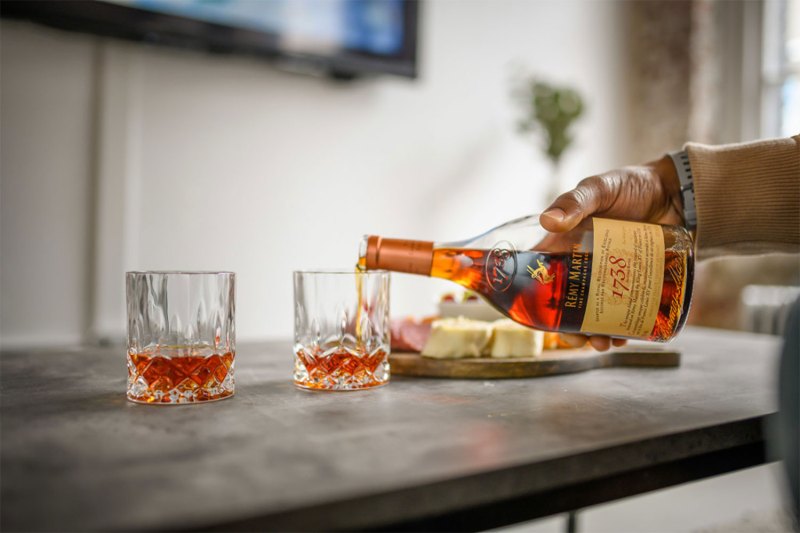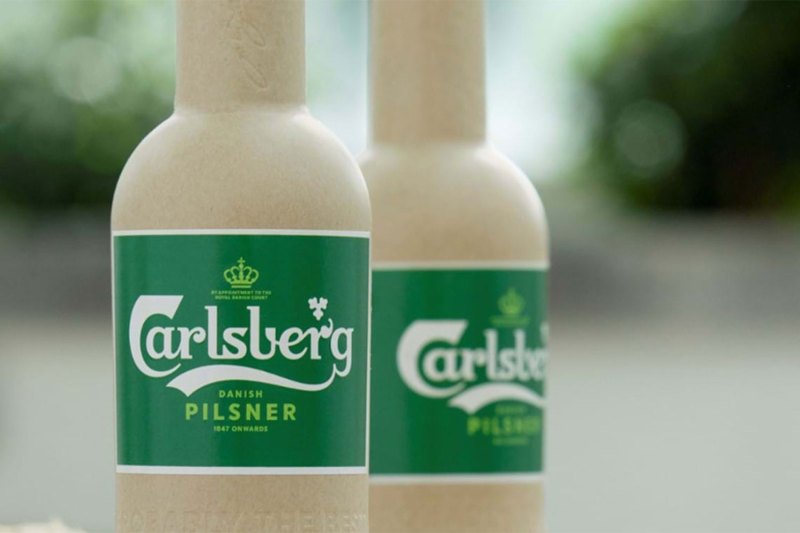The drinks industry is built around a lot more than just liquid. Unfortunately, a significant slice within this “other” category is waste, in the form of excessive packaging and unnecessary materials.
As producers look to lighten their footprint through initiatives like recyclable containers, green energy, and sustainable ingredients, it’s no wonder many are starting to take a closer look at their packaging. Printed branding material and schwag has given way to the thumb drive, and virtual reality continues to find a way into the conversation. It takes the concept of “quarantine lean” to new, industrial levels.
Luxury brands especially have long gone for an involved style of presentation that incorporates a lot of frivolity. You know, the bottles that come with their own briefcases or ridiculous associated accoutrements.
Rémy Martin, however, recently announced that it would discontinue the gift box accompaniment that comes with many of its spirits bottles. The famous French cognac house first nixed the boxes for its VSOP bottles and has since done the same for popular products like 1738 and XO.

In beer, an increasing number of labels have moved to reuse the car carriers that affix to four-packs or six-packs. Typically plastic, the carriers are tricky to recycle. Brewers are pushing consumers to use their own over and over again when buying multiple cans or have switched to growlers, crowlers, and the like. Some even offer collection programs to keep what’s out there in circulation, thus eliminating the need for more.
Lauded labels like Tree House have never used the carriers. It’s a move many smaller labels have looked to emulate, going with boxes or other recyclable containers at release parties and other retail environments. Others have opted for greener products like Eco Rings to bundle brews. With more Americans drinking at home today than ever courtesy of the pandemic, the way things are packaged is even more important. Many of us still yet can’t, or probably shouldn’t, be frequenting our area pubs unless we’re grabbing goods to go.
Even colossal operations are getting in on the pro-environment push. Danish giant Carlsberg is reported to be experimenting with wood fiber bottles made with a polymer barrier crafted of recycled materials. Corona has devised stackable cans that don’t require additional means of wrangling them together in bulk.

Wineries are doing much the same, trying to steer clear of things like styrofoam when sending bottles out. Snoqualmie Vineyards in Washington made a big push several years back, working with a line of bottles that use about 25% less glass than traditional bottles. The corks they use are certified sustainable and the labels are printed on paper made entirely from post-consumer waste. It’s important to note that the trimmer packaging also means less weight, which in turn means less energy used to transport the stuff.
By now, most of us know about the canned and boxed wine movements, both big players in the ongoing packaging story. Shoot, there’s even keg wine. Some spirits producers have gone with large pouches to house their work. Bars often love this move as the large format is welcome and the pouch itself can mostly stay hidden.
It’s nice to see the drinks realm examining real packaging needs with the environment and common sense in mind. And it’s clearly grown into something much bigger than simply ridding the world of plastic straws. As is usually the case, though, much more can be done.


